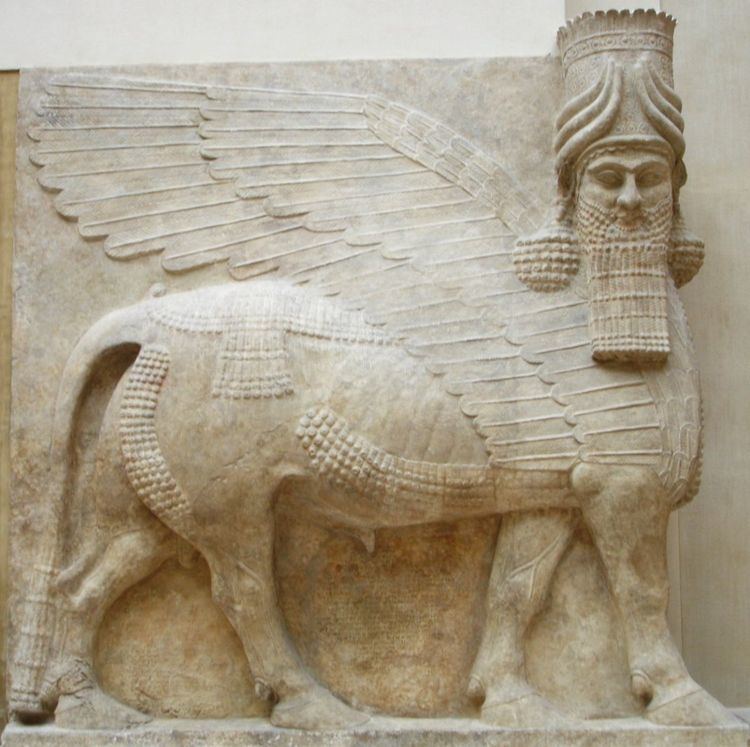 | ||
The 1st millennium BC encompasses the Iron Age and sees the rise of many successive empires, and spanned from 1000 BC to 1 BC.
Contents
The Neo-Assyrian Empire develops, followed by the Achaemenids. In Greece, Classical Antiquity begins with the colonization of Magna Graecia and peaks with the rise of Hellenism. The close of the millennium sees the rise of the Roman Empire. In South Asia, the Vedic civilization blends into the Maurya Empire. The early Celts dominate Central Europe while Northern Europe is in the Pre-Roman Iron Age. The Scythians dominate Central Asia. In China, the Spring and Autumn period sees the rise of Confucianism. Towards the close of the millennium, the Han Dynasty extends Chinese power towards Central Asia, where it borders on Indo-Greek and Iranian states. Yayoi period in Japanese islands. The Maya civilization rises in Central America, while in Africa, Ancient Egypt begins its decline, rise of the Nubian Empire, and Aksum's birth. The religions of Judaism, Zoroastrianism, Hinduism (Vedic religion and Vedanta), Jainism and Buddhism develop. Graeco-Roman Europe, India and China see the rise of literature.
World population greatly increases in the course of the millennium, reaching some 170 to 400 million people at its close depending on the estimates used.
Events
The events in this section are organized according to the United Nations geoscheme
Significant people
The people in this section are organized according to the United Nations geoscheme
